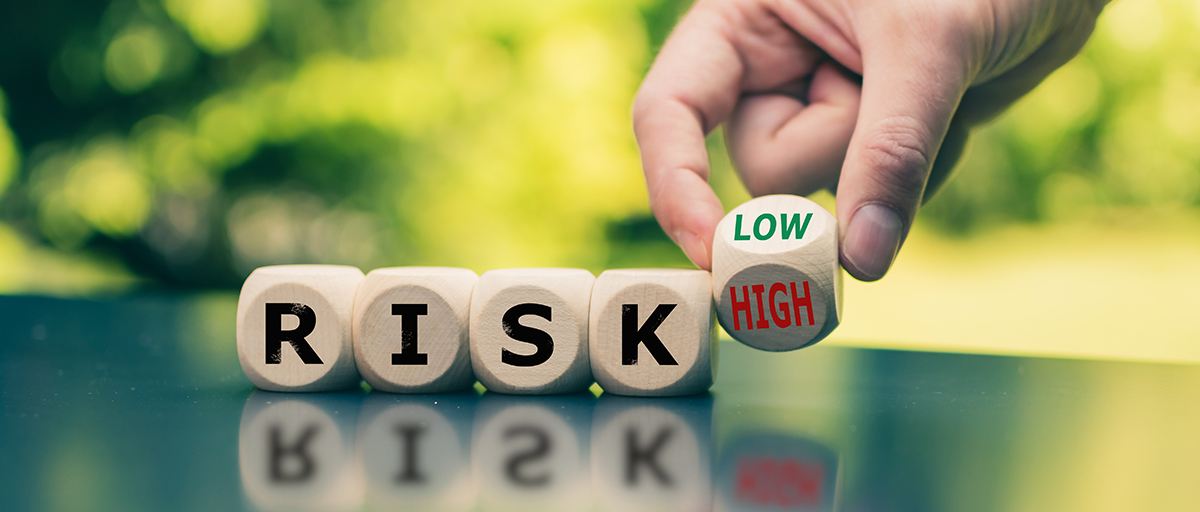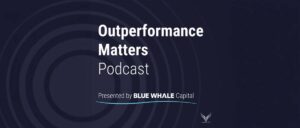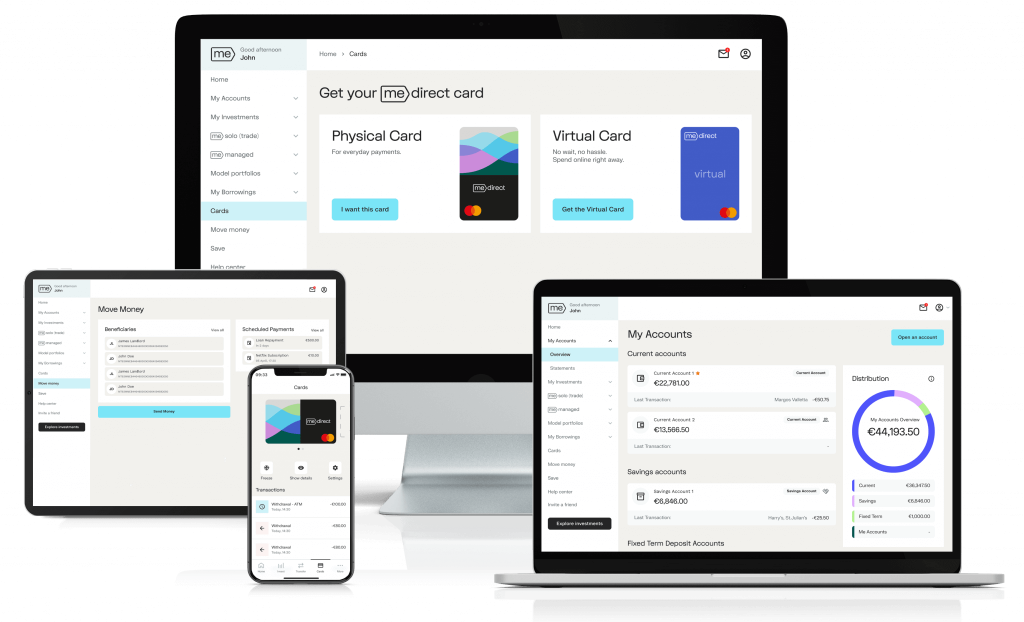 |
An article written by Ray Calleja: Head – Private Clients, MeDirect |
In the previous article we discussed benchmarks to evaluate your fund’s returns. Comparing your fund’s performances with indices and with other funds, which track and invest in the same way as yours, respectively, will put such results into context.
In this article we will start discussing the risks involved when investing. The very act of investing always involves an element of risk. After all, you’re choosing to trust your money with a fund manager rather than putting it away in a relatively much safer savings account with your local bank.
Generally, the greater the return of an investment, the greater the risk—and therefore the greater potential for loss. Investors who take on a lot of risk expect a greater return from their investments, but they don’t always get it. Other investors are willing to give up the potential for large gains in return for a more probable return and not taking on too much risk.
Many big gains are won only through tremendous risk taking, which often means many ups and downs in short-term returns and that is called volatility. As an investor you have to consider a fund’s volatility in conjunction with the returns it produces.
There are a number of ways to measure how volatile a fund is. There are four main risk measurements that appear in mutual fund shareholder reports, in the financial media, and on Morningstar.com. These include standard deviation and beta, which we will discuss here today.
The following is an example of a Risk table which can be found in a Morningstar fund factsheet, which are accessible from the MeDirect website for each and every fund that we have available for trading on our online platform:

In this article we will be discussing the Standard Deviation, Beta, R-squared and will also have a look the 3-Yr, 5-Yr and 10-Yr risks – collectively referred to as the Morningstar risk rating.
Standard deviation is probably the most commonly used measurement for a fund’s past volatility and it provides quick comparison among funds. It shows how much a fund’s returns have fluctuated during a particular time period. Our partners, Morningstar calculate standard deviations every month, based on a fund’s monthly returns for the preceding 3, 5 and 10-year periods. Standard deviation represents the degree to which a fund’s returns have varied from its 3, 5 or 10-year average annual return, known as the mean (or the average). Theoretically and for most funds, a fund’s returns have historically fallen within one standard deviation of its mean 68% of the time and within two standard deviations 95% of the time.
Let’s take an example, where you have a fund, which has a standard deviation of 4 and an average return of 10% per year. Most of the time (or, more precisely, 68% of the time), we can expect the fund’s future returns to range between 6% and 14%. Almost all of the time (95% of the time), its returns will fall between 2% and 18%, or within two standard deviations of its mean.
As investors we are interested in the likelihood of loss in the future. Variance (from the mean) and standard deviation give you a picture about past volatility of a fund. You therefore need to examine the circumstances whether the future will be like the past. It is not uncommon that a measure of volatility calculated two or three years ago puts a fund in the low-risk category but one calculated last month can put it into the high-risk category or vice-versa.
Another relative risk measurement is Beta which provides insight into a fund’s volatility against a benchmark.
Beta measures the extent to which a fund has, historically, gone up when the market as a whole rose, and gone down when the market went down. It is a fund’s sensitivity to the market movements.
The beta for the overall market is taken to be 1.00. So, if, for example, the mutual fund beta is 1.2, this indicates that the fund has performed 20% better than its benchmark index in up markets and 20% below the index in down markets.
For example, if a fund’s benchmark index is the S&P 500 and the index has a return of 10% this year, the investor would expect the fund with a beta of 1.2 to have a return of 12%. Conversely, if the S&P 500 index fell 10% during the given year, the fund with a beta of 1.2 would be expected to fall 12% during that year.
You could have a beta, which is less than 1.0, which means that the fund is less volatile than the index. So, if you have a fund with a beta of 0.9, it should return 9% when the market goes up 10%, but it should lose only 9% when the market drops 10%.
The danger of relying on beta for future-orientated investment decisions is that you have to assume that the relationship with market returns will continue, which may not always be the case.
Conservative investors who wish to preserve capital would do well to focus on funds with betas lower than 1, while investors willing to take on more risk in search of higher returns are likely to look for high beta investments.
Another measuring tool for mutual funds is called R-squared.
R-squared is a statistical measure used for investment analysis and research that investors can use to determine a particular investment’s correlation with a given benchmark. It is shown in Morningstar reports for any fund that has more than three years of history.
In other words, the benchmark is an index, such as the S&P 500, that is given a value of 100. A particular fund’s R-squared can be considered a comparison that reveals how similarly the fund performs to the index. If, for example, the fund’s R-squared is 95, it means that movements in the index explain 95% of the fund’s movements (ups and downs in performance).
A low R-squared rating means the less reliable beta is as a measure of the fund’s volatility. The closer to 100 the R-squared is, the more meaningful the beta is. Unless a fund’s R-squared against the index is 75 or higher, beta is to be disregarded.
Morningstar-only measurements
Finally, we will look at Morningstar-only measurements to get more information of a fund’s risk. These tools help the investor get a much better picture of how a mutual fund should behave. These are all available in the Morningstar report, which are accessible from the MeDirect website for each and every fund that we have available for trading on our online platform.
Standard deviation and beta alone do not tell you whether the fund’s swings were gains or losses. As an investor you would want to know how successful a fund manager has been at generating good returns, but also how good he/she has been at protecting you and the other shareholders from losses.
This is where the Morningstar risk rating comes in. It looks at all variations in a fund’s returns (just like Standard Deviation) but also emphasises a fund’s losses relative to its category
Morningstar’s risk rating looks at funds’ performance over a variety of time periods. Funds with less than three years history are not rated because of insufficient data to be able to draw an adequate assessment.
Interestingly, Morningstar will base their risk rating of a fund 50% on its 10-year record while the 5-year and 3-year periods count for another 30% and 20% respectively. This applies for all funds which are 10 years old or more. For funds which are 5 years old or more, but less than 10 years, 60% of its risk rating is based on the past 5 years and 40% on the past 3 years. For funds which are 3 years old or more, but less than 5 years, its risk rating is based entirely on its 3-year performance.
Risk scores are assigned on a monthly basis. A fund’s risk is measured relative to other funds in the same category and so it is easy to compare funds that invest in a similar way.
In the risk rating process, 10% of a category’s funds with the lowest measured risk are rated as low risk. The next 22.5% are rated below average, the middle 35% are average, the next 22.5% above average, while the top 10% are rated as high risk. Morningstar measures risk for as many as three periods (three, five, and 10 years). These separate measures are then weighted and averaged to produce an overall measure for the fund. Funds with less than three years of performance history are not rated.
In the next article we will continue to explore more tools to measure returns after adjusting for risk through alpha and the Sharpe ratio as well as looking in detail at the Morningstar star and analyst ratings of funds.
The above is for informative purposes only and should not be construed as an offer to sell or solicitation of an offer to subscribe for or purchase any investment. The information provided is subject to change without notice and does not constitute investment advice. MeDirect Bank (Malta) plc has based this document on information obtained from sources it believes to be reliable but which have not been independently verified and therefore does not provide any guarantees, representations or warranties.
MeDirect Bank (Malta) plc, company registration number C34125, is licensed by the Malta Financial Services Authority under the Banking Act (Cap. 371) and the Investment Services Act (Cap. 370).
The financial instruments discussed may not be suitable for all investors and investors must make their own informed decisions and seek their own advice regarding the appropriateness of investing in financial instruments or implementing strategies discussed herein.
If you invest in any of the products discussed you may lose some or all of the money you invest. The value of your investment may go down as well as up. A commission or sales fee may be charged at the time of the initial purchase for an investment and may be deducted from the invested amount therefore lowering the size of your investment. Any income you get from this investment may go down as well as up. This product may be affected by changes in currency exchange rate movements thereby affecting your investment return therefrom. The performance figures quoted refer to the past and past performance is not a guarantee of future performance or a reliable guide to future performance. Any decision to invest in a mutual fund should always be based upon the details contained in the Prospectus and Key Investor Information Document (KIID), which may be obtained from MeDirect Bank (Malta) plc.





